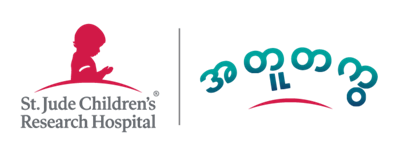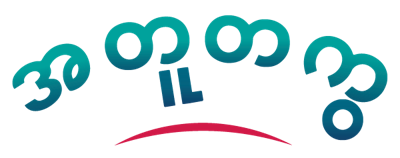-
Cardiologist
(KAR-dee-AH-loh-jist)
A doctor who has special training to diagnose and treat diseases of the heart and blood vessels.
-
Cardiopulmonary
(KAR-dee-oh-PUL-muh-NAYR-ee)
Having to do with the heart and lung.
-
Caregiver
(KAYR-gih-ver)
A person who gives care to people who need help taking care of themselves. Examples include children, the elderly, or patients who have chronic illnesses or are disabled. Caregivers may be health professionals, family members, friends, social workers, or members of the clergy. They may give care at home or in a hospital or other health care setting.
-
Case-control study
(kays-kun-TROLE STUH-dee)
A study that compares two groups of people: those with the disease or condition under study (cases) and a very similar group of people who do not have the disease or condition (controls). Researchers study the medical and lifestyle histories of the people in each group to learn what factors may be associated with the disease or condition. For example, one group may have been exposed to a particular substance that the other was not. Also called retrospective study.
-
Case management nurse
(... MA-nij-ment ...)
A registered nurse who has special training in how to plan, manage, and evaluate all aspects of patient care, especially for patients who get treatment over a long time. Also called nurse case manager.
-
Case manager
A registered nurse who has special training in how to plan, manage, and evaluate all aspects of patient care, especially for patients who get treatment over a long time. Also called nurse case manager.
-
Case report
(kays reh-PORT)
A detailed report of the diagnosis, treatment, and follow-up of an individual patient. Case reports also contain some demographic information about the patient (for example, age, gender, ethnic origin).
-
Case series
(kays SEER-eez)
A group or series of case reports involving patients who were given similar treatment. Reports of case series usually contain detailed information about the individual patients. This includes demographic information (for example, age, gender, ethnic origin) and information on diagnosis, treatment, response to treatment, and follow-up after treatment.
-
Cataracts
(KA-tuh-RAKT)
A condition in which the lens of the eye becomes cloudy. Symptoms include blurred, cloudy, or double vision; sensitivity to light; and difficulty seeing at night. Without treatment, cataracts can cause blindness. There are many different types and causes of cataracts. They may occur in people of all ages, but are most common in the elderly.
-
Catecholamines
ka-teh-KOH-luh-meen
A type of neurohormone (a chemical that is made by nerve cells and used to send signals to other cells). Catecholamines are important in stress responses. High levels cause high blood pressure which can lead to headaches, sweating, pounding of the heart, pain in the chest, and anxiety. Examples of catecholamines include dopamine, epinephrine (adrenaline), and norepinephrine (noradrenaline).

